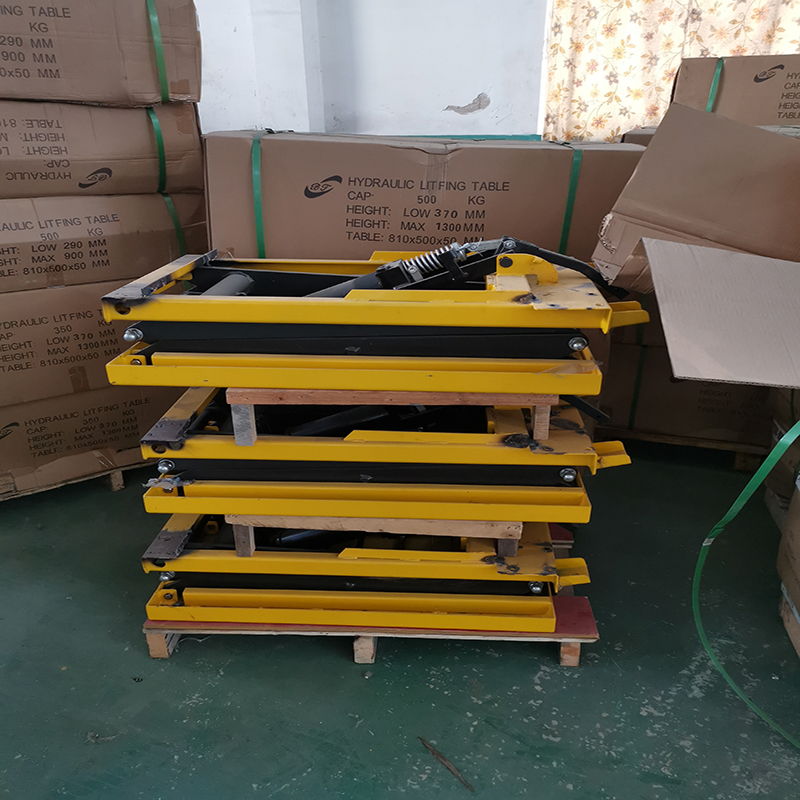As máquinas de tecido soprado por fusão produzem materiais não tecidos feitos de fibras muito finas formadas por meio de um processo conhecido como sopro por fusão. O processo de formação de fibra fundida, combinado com propriedades como alta área superficial e pequeno tamanho de poro, make these nonwovens suitable for a variety of applications.
What Are Melt Blown Fabric Machines?
Melt blown fabric machine – also called melt blowing systems or meltblown lines – consist of several main components:

- Extruder – Melts and pumps polymer resins like polypropylene or polyethylene.
- Die assembly – Contains spinnerets or nozzles that extrude the molten polymer.
- Compressed air system – Generates high-velocity air jets that draw out the extruding fibers.
- Conveyor belt – Collects the extruded fibers to form a nonwoven web.
- Heat and quench section – Solidifies the meltblown fibers.
- Post-treatment unit – Includes options for web bonding, slitting and winding.
In operation, molten polymer is extruded through the nozzles while high-speed air jets draw and attenuate the extruding polymer into very fine fibers. The randomly dispersed meltblown fibers are deposited onto a moving conveyor belt, which draws the web at the same rate fibers are being formed.
The web then passes through a heat and quench section that solidifies the fine fiber structure. Post-treatment options bond, consolidate and wind the nonwoven web to produce a useable meltblown fabric.
How Meltblown Fibers Are Formed?
The key aspect of melt blowing is the high-velocity air that exits the die in jets alongside the extruding polymer. As polymer emerges from the nozzles:
- The air stretches and attenuates the nascent fibers very rapidly.
- The fibers are drawn out to fine diameters of 1 micron or less within 20 cm of the die.
- The fiber trajectories become randomized, dispersing fibers uniformly across the web.
The high-temperature air also helps cool and solidify the fibers immediately after formation, stabilizing their thin structure before fibers can recombine.
Features Of Melt Blown Fabric Machines
- Die dimensions – Nozzle width, shape and spacing.
- Air flow – Temperature, pressure and jet velocity.
- Polymer throughputs – How quickly the line converts resin into fabric.
- Web characteristics – Basis weight, grossura, fiber diameter and pore size.
- Line widths – The maximum nonwoven fabric width produced in a single pass.
- Processing capabilities – What polymer types the machine is optimized for.
Manufacturers offer machines with different configurations, throughputs and heating/cooling systems to produce nonwoven webs with varied properties for specific end uses.
